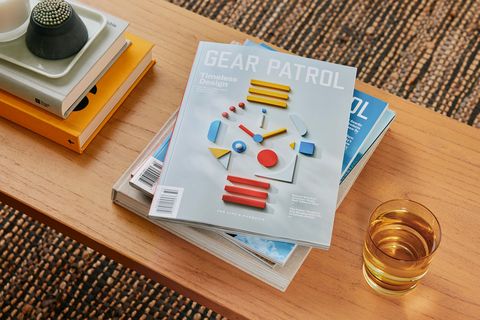Robot vacuums started meandering around our homes in the late ’90s. Since then, the product category has evolved dramatically — numerous brands now go toe to toe with autonomous machines that not only vacuum but also map your home, mop your floors and empty all on their own. There's never been a better time to buy a robotic cleaning helper, but which brand should you go for?
Two of the most popular brands in the space are iRobot's Roomba, the segment creator and market leader, and Shark, a popular and more budget-friendly alternative. So, to find out which bot offers the most supreme clean, I pitted a top all-in-one model from each brand — the iRobot Roomba Combo j7+ and the Shark Matrix Plus — against each other with a few dirty tasks.
-
 Roomba Combo j7+ Robot Vacuum and Mop Read More
Roomba Combo j7+ Robot Vacuum and Mop Read More -
 Shark Matrix Plus 2-in-1 Self-Empty Robot Vacuum and Mop Read More
Shark Matrix Plus 2-in-1 Self-Empty Robot Vacuum and Mop Read More
Roomba Combo j7+ vs Shark Matrix Plus: What We Think
Thanks to its increased smarts and camera, the Roomba is a better robot cleaner than the Shark. It’s more effective at vacuuming, requires less human intervention and — quite critically — won’t drag poop across your floor. The Shark is better at mopping if that’s your main concern, but it requires some work on your part to mop effectively. If you’re already committed to spending $700 or more on a robot vacuum, I say get the Roomba.
To learn more about our testing methodology and how we evaluate products, head here.
Test One: Edge Cleaning
To see how well these bots could clean an edge, I lined up seven small pieces of cat kibble and three large tufts of dog fur against the edge of my kitchen floor under my cabinets. The Roomba went first and gobbled up all three clumps of fur but struggled a bit with the kibble. Because its side brush rotates so fast, it had a tendency to violently fling the kibble across the floor rather than into its bin. Even so, it managed to clean five of the seven pieces while missing two that it had tossed away.
Upon resetting the test, I had high hopes for the Shark’s edge-cleaning ability. It has a feature called “CleanEdge Detect” that is supposed to detect edges and use a blast of air to clear debris away from the wall. In practice, it wasn’t very effective. The Shark only managed to get two of the three clumps of fur, but worse yet, it didn’t suck up a single piece of kibble. I’m guessing the kibble was too heavy to be moved by the air jet, and the Shark’s slow-moving side brush didn’t budge them either.
Test Two: Mopping
For this test, I simply let each robot mop my floors at different times. I needed to manually swap in a different dustbin with a built-in floor cleaner tank for the Shark. Its auto-emptying base also won’t empty the mopping bin, only the dry bin, so it needs some attention after mopping. Also, the Shark can’t detect rugs, so if you have one, you’ll need to label it in the map of your home the robot creates the first time you run it, or the bot will drag a wet dirty mop pad across your rug.
The Roomba’s mopping pad is integrated into the robot, and the bot is capable of detecting rugs. When it does so, the mop will automatically retract to the top of the robot, keeping your rug dry while it vacuums. Its auto-emptying base also works after a mopping job since there is just a single dustbin for both mopping and dry vacuuming. Though the Roomba’s mopping feature is more convenient, its performance pales in comparison to the Shark's. The Roomba drives in a straight line as it mops and it left visible streaks on my floor while failing to use enough liquid to make it look clean. The Shark, meanwhile, mops back and forth in a scrubbing motion. It effectively scrubbed my floor and left it both looking and smelling clean.
Test Three: Obstacle Avoidance
This last test is a little unfair as the Shark does not claim to have an obstacle avoidance feature. But the Roomba does, and since it costs $300 more than the Shark, I wanted to see how much better it actually is. So I set up a minor obstacle course in my kitchen consisting of a backpack, a USB charger and — to simulate a pet accident — part of a slightly smushed, overripe banana ... all objects the Roomba's software is supposed to be able to identify and avoid.
The Roomba tackled the course first and, true to its word, managed to avoid all obstacles. This is due to the fact that it has a camera, which the Shark lacks, and I could see it thinking each time it spotted an obstacle as it would stop, its light would change colors and then it would change course.
The Shark, as expected, failed the test spectacularly, plowing through all three obstacles as if they weren’t there. Good thing I just used a banana.
A version of this story first appeared in Gear Patrol Magazine. Learn More.
























